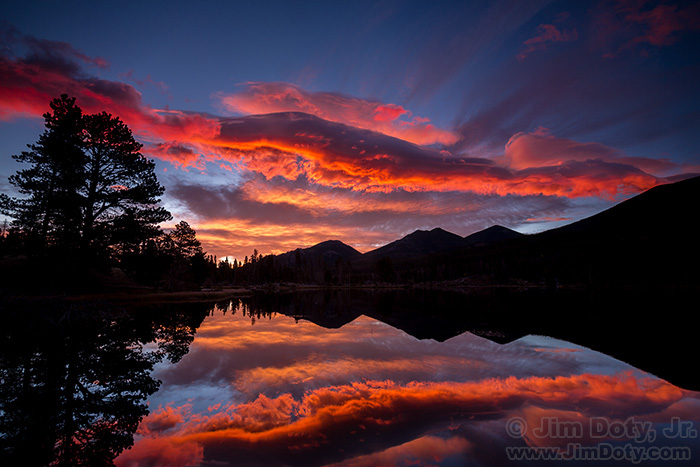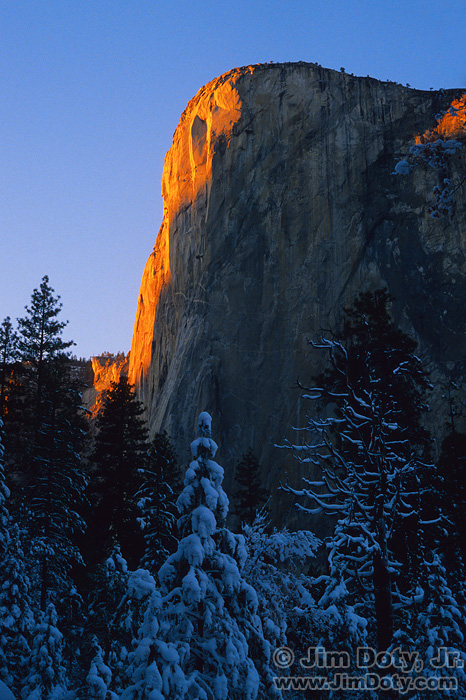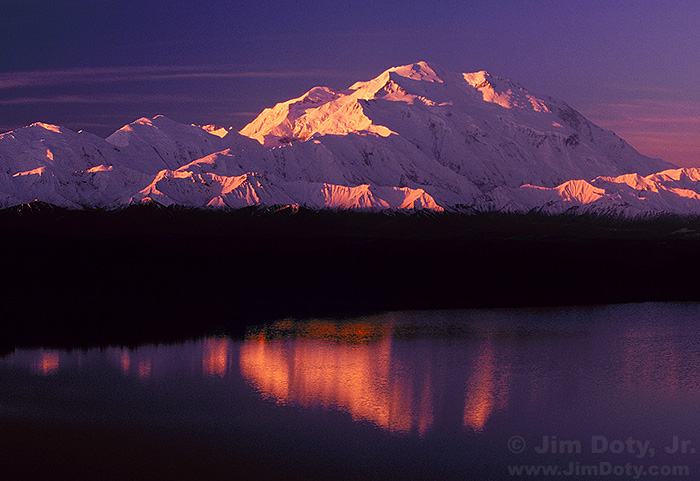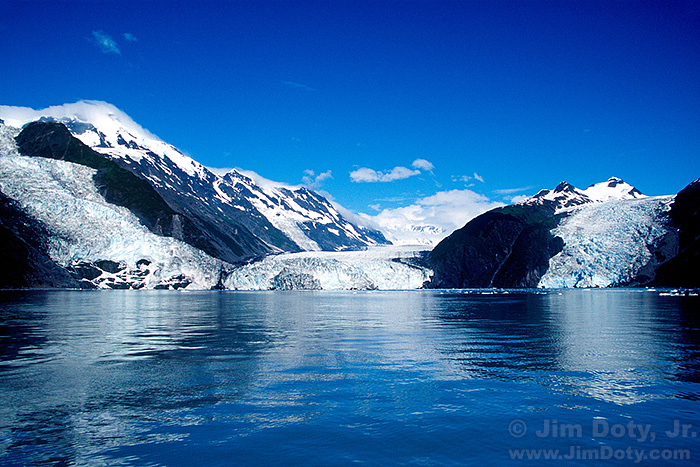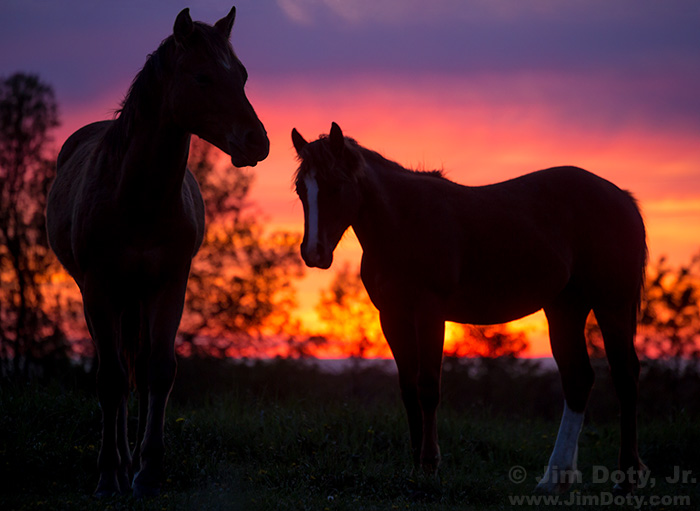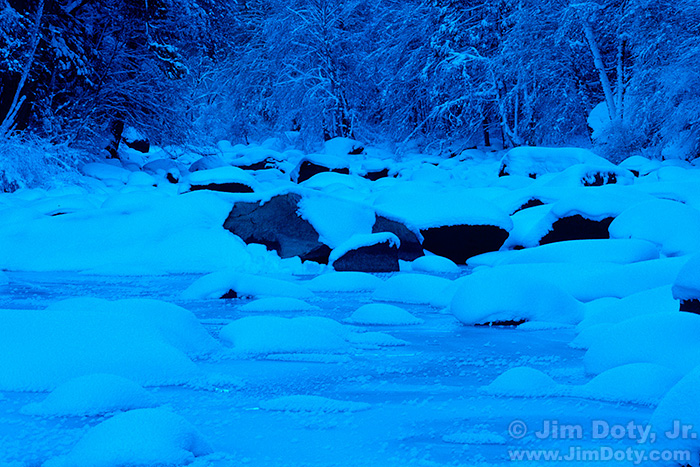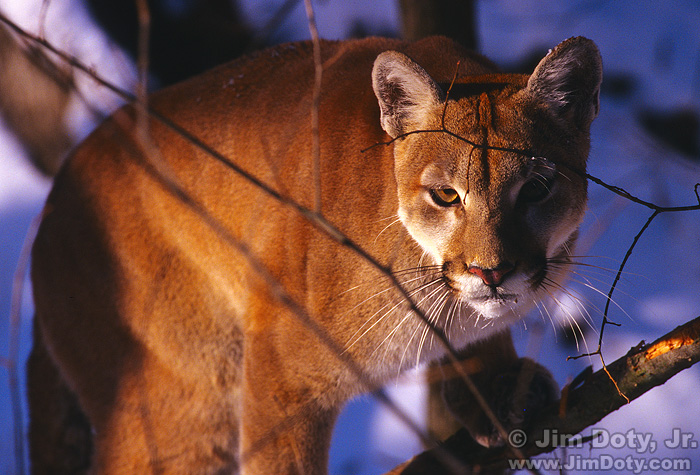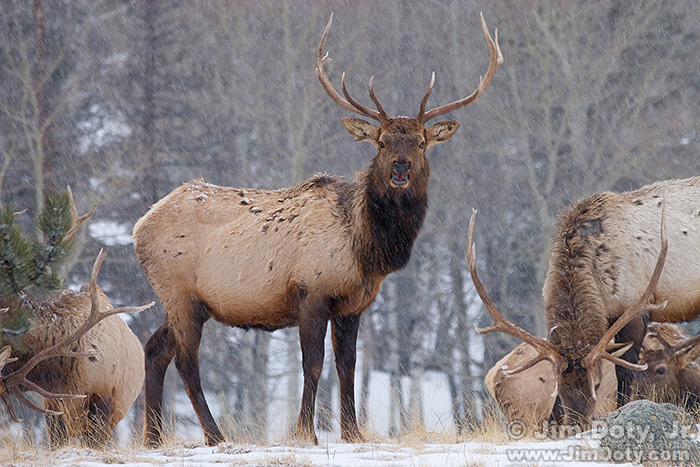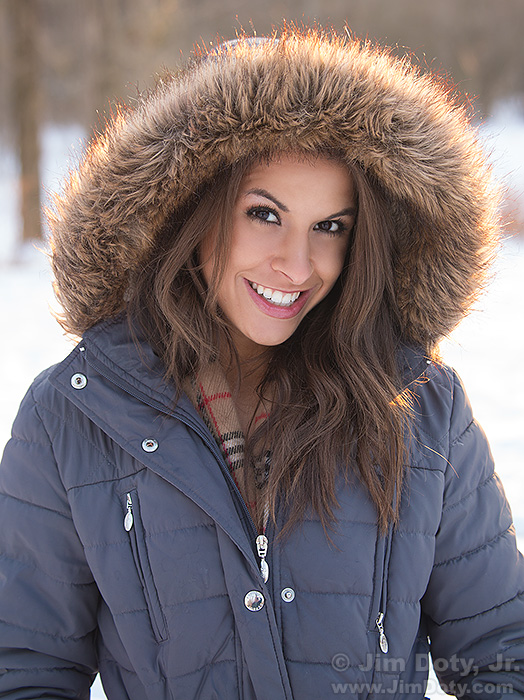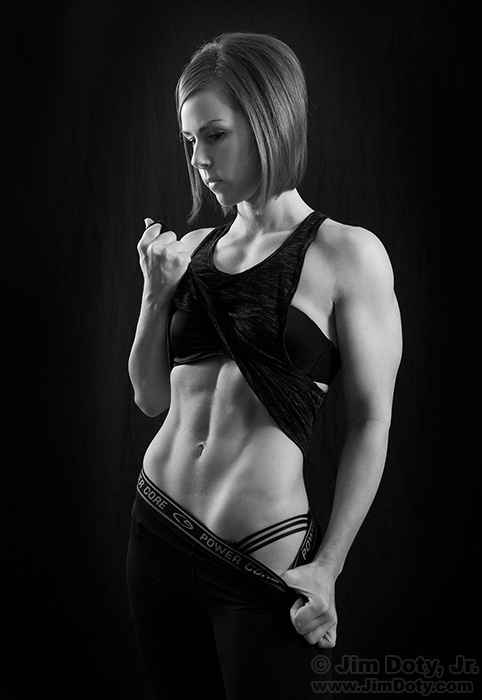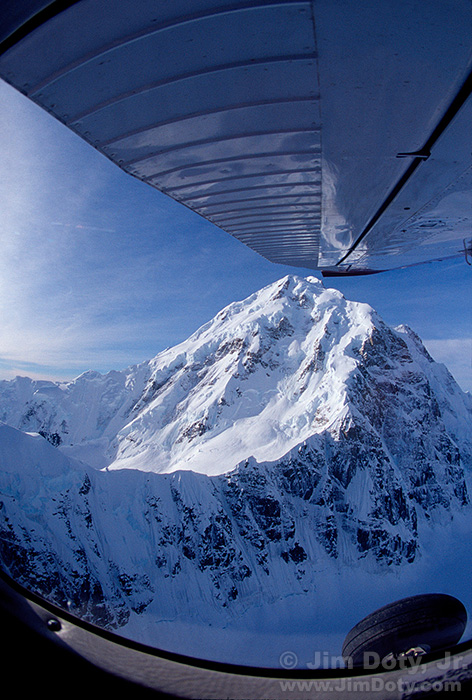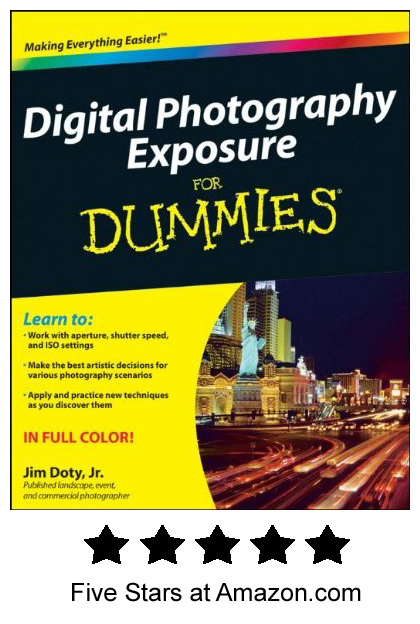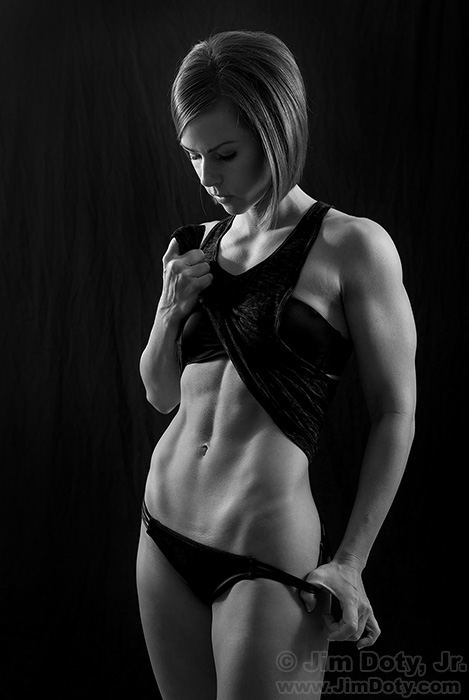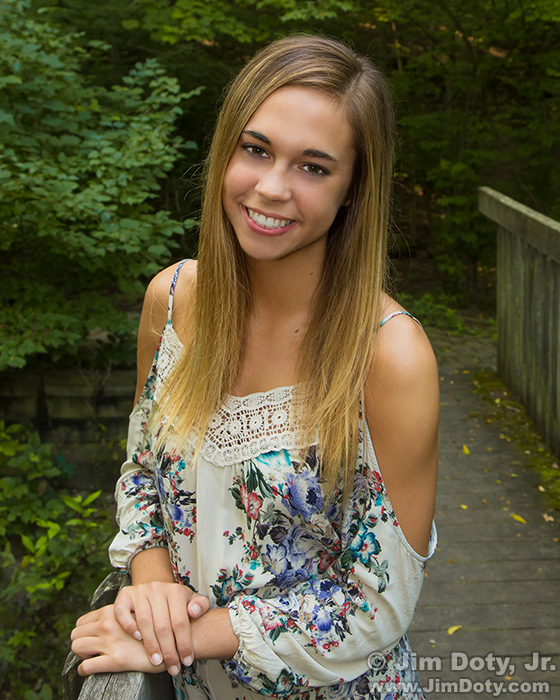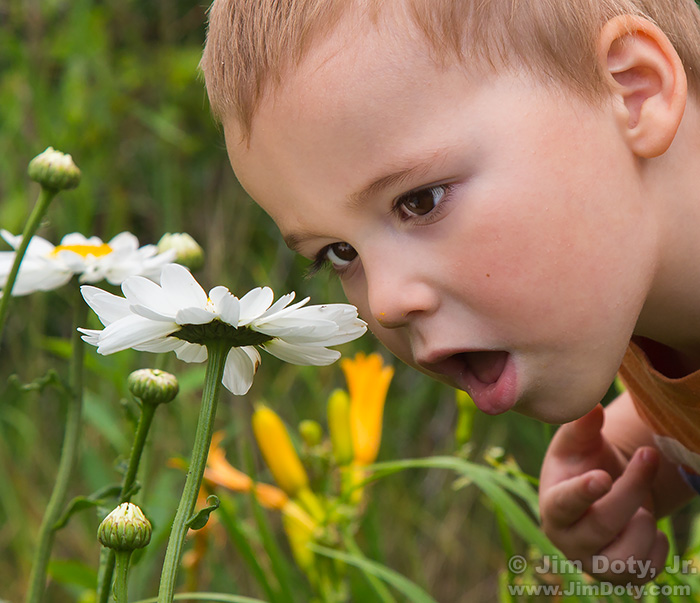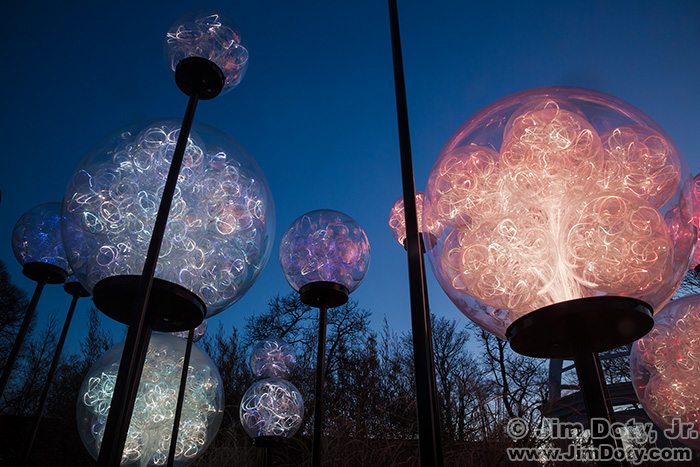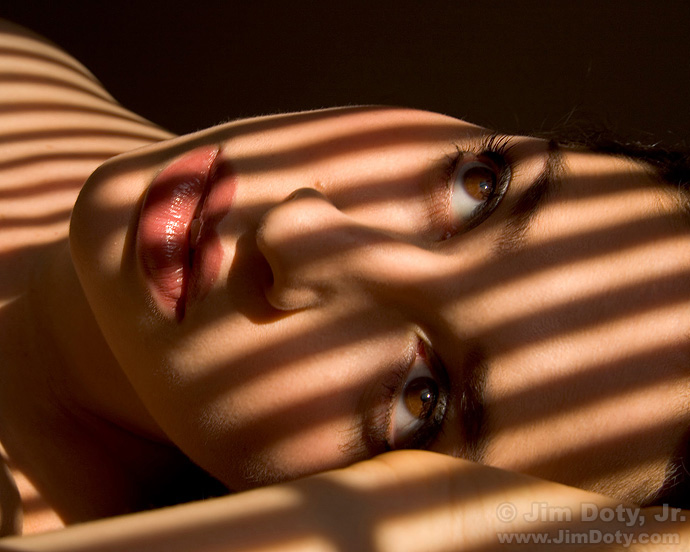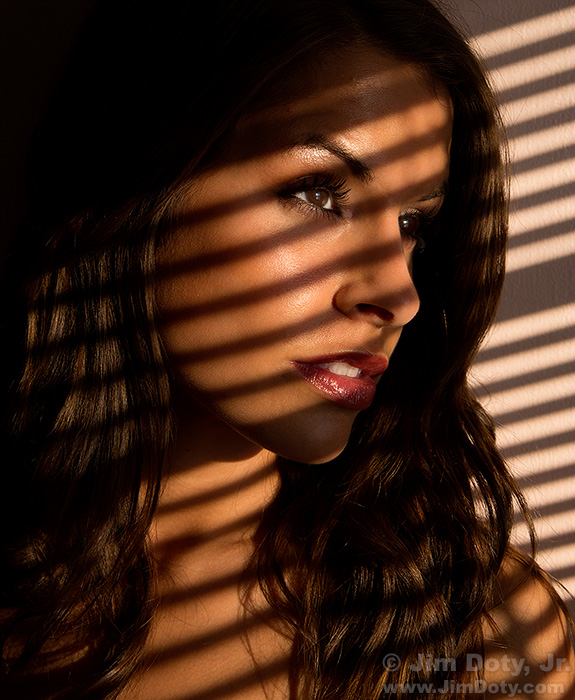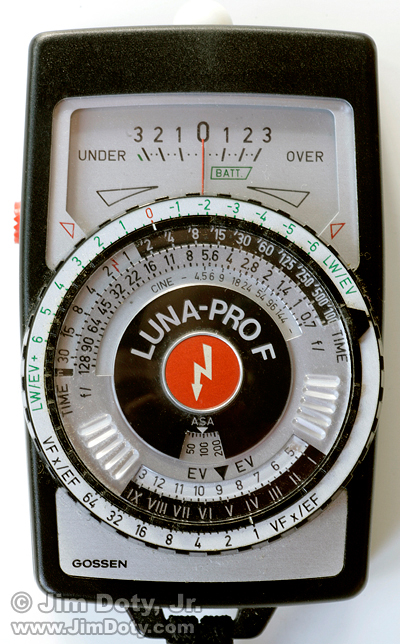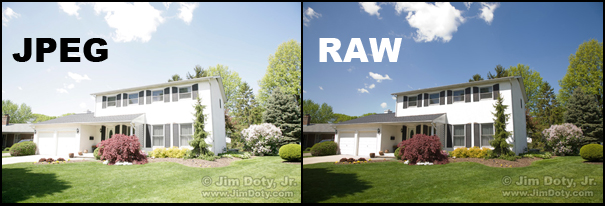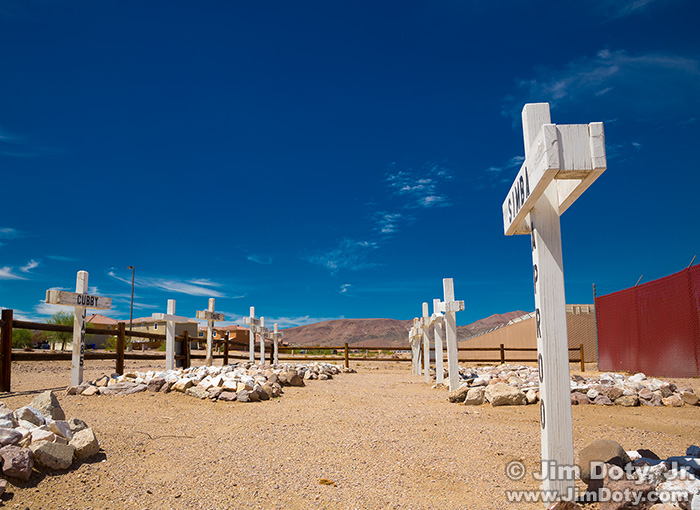The exposure compensation scale on your camera is one of the keys to mastering exposures, getting better images, and ending up with professional quality colors. This means taking your camera off of full auto mode and taking control of your own exposures.
Category Archives: Metering
Winter Photography Series
In addition to all of the usual photographic challenges, winter provides some extra complications, especially in terms of metering. So I began my series of articles on winter photography. This year I revised three prior articles and added six new ones. They will help you meet the unique challenges of winter photography. So read the articles, get out there, have fun, and create some stunning images!
The Sunny f16 Rule Isn’t Reliable in Winter
The Sunny f16 rule is really useful on bright sunny days in the spring, summer, and fall, but you can’t rely on it in winter. It will often lead you astray. There are much more accurate ways to meter in the winter.
Exposure Warning: Turn On The Blinkies
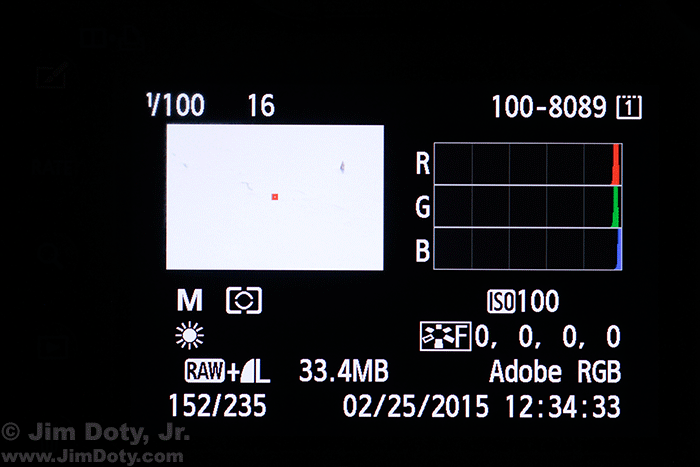
Camera LCD Display With The Blinkies Turned On. Washed out pixels in the photo are flashing white and black.
Some camera’s come with a highlight overexposure warning, commonly called “the blinkies”. If you have overexposed, blown out pixels, those pixels in your image will flash white and black. A quick look at the LCD image will tell you if part of your image has white, washed out, featureless pixels. If your camera has a highlight overexposure warning, I suggest you turn it on. If you see the blinkies and you don’t want washed out pixels, tone down your exposure until the blinkies go away.
Testing Your Camera’s Snow Exposure Latitude
Exposure compensation is one of the most important keys to good exposures, great images, and the best colors your digital camera is capable of producing. Knowing your camera’s snow exposure latitude is one of the keys to using exposure compensation in a winter scene. It is different for every camera model. You won’t find it in your camera’s manual but it is easy to determine with a simple test.
POTD: Horses at Sunset
I spent a day in western Michigan scouting field trip locations for a photography workshop. With the day almost over, I was driving south on M-40 near Allegan when the clouds began to part and some beautiful light began to develop to the west.
Metering Nighttime Winter Scenes
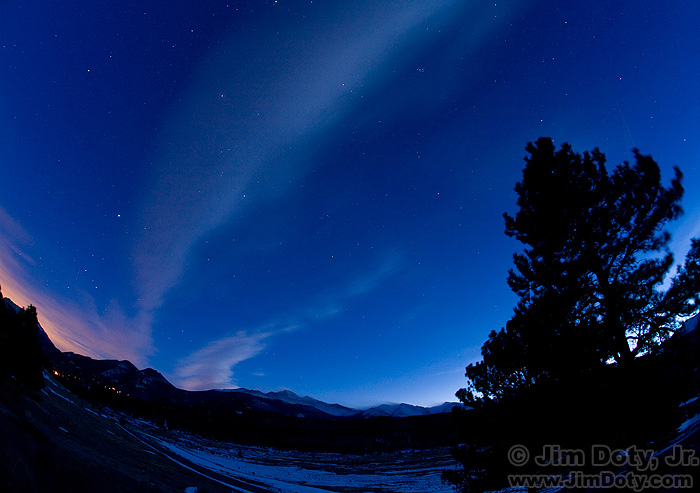
Twilight, Rocky Mountain National Park. Sirius, Canis Major, Orion, Taurus, the Hyades star cluster, and the Pleiades star cluster are all visible in the fading light. Click for a larger version.
You can photograph the night sky year around, but winter brings an added bonus: SNOW! Instead of the black, silhouetted skyline you get most of the year, in winter you have the possibility of including the highly reflective snow. That is why for many photographers winter is their favorite time of year to photograph the night sky.
Metering Evening Winter Scenes
Just like metering daytime winter scenes, the key to metering evening winter scenes is knowing what to meter and deciding how much exposure compensation to use.
Metering Wildlife in the Snow, Part Two
Most wildlife are medium to dark in tone, making them a challenge to meter properly in the bright, white tones of winter. If you trust your camera’s auto exposure modes, the odds are good you won’t get the best exposure. If you switch over to manual exposure and make the right decisions, you can get great exposures and better quality photos (more about that later).
Metering Wildlife in the Snow, Part One
Metering dark toned wildlife in the snow is a major exposure challenge. It is usually best to avoid large “burned out” areas (washed out, featureless white) in a nature or landscape photograph, but with properly exposed snow, the wildlife can be so dark as to lose all texture. On other hand, metering for the wildlife can burn out the snow.
Metering People in the Snow
The white snow in a winter scene can and often does fool a camera meter into underexposing a portrait, so here are the steps to take to get the right exposure. I throw in a few portrait suggestions too.
Your Camera Loves “Middle Gray”
Your camera is in love with middle gray. The quicker you learn how to deal with this infatuation, the better your photos will look, including all of your color photos.
Metering Daytime Winter Scenes
Metering for scenes with a lot of snow can be tricky since the bright snow fools the camera meter. I see a lot of winter photos with gray snow, which means the camera meter did exactly what it was designed to do and the camera owner didn’t know how to use exposure compensation. The solution is quite simple provided you know what to do.
Tim Grey Recommends Digital Photography Exposure for Dummies
With 12 books, hundreds of magazine articles, over a dozen instructional videos, and numerous workshops to his credit, digital photography expert Tim Grey really knows his stuff. In one of his eNewsletters, Tim gives this excellent recommendation for Digital Photography Exposure for Dummies:
Best Book on Professional Exposure Techniques
I have no idea how Michael Freeman can be a well traveled, international photographer and still find time to write so many terrific photography books. But somehow he manages to do both. I suspect he never sleeps. I imagine him creating images and writing books 24 hours a day, stopping only to eat once or twice a week!!
POTD: Sarah (How To Do A Fitness Portrait)
Sarah is a professional fitness trainer and we have worked together before. We had another photo shoot Saturday morning and this is the first photo I optimized from the shoot.
POTD: Kristin in the Shade with a Touch of Fill Flash
Cloudy bright days are great for portrait photography. No harsh shadows. Soft even, flattering light. So what do you do in the harsh light (at least for most portrait photography) of a bright, sunny day?
POTD: “A Moment of Discovery”
When you are photographing very active children around 2 1/2 years of age, it is often best to just follow them around and let them do their thing, rather than try to “pose” them. I followed my grandson around my backyard for almost an hour, taking pictures and hoping to get just the right image. To get the best point of view I needed to be on my knees. Spending that much time on your knees is hard on the knees, but what else can you do? When you photograph children you need to be down on their level.
A Photography How To: “Jewel Box Lighting” at the Franklin Park Conservatory
Jewel Box Lighting is the art of combining lights, lighted buildings, or lighted objects with a deep blue evening sky. It is a great way to do photography and the exhibit this week at the Franklin Park Observatory is a wonderful opportunity to practice this technique and come away with some unique and memorable images.
Creating a Portrait Using Window Blind Shadows – Part 2
There are a lot of creative options when creating portraits using sunlight streaming through window blinds.
How to Create a Portrait Using Window Blind Shadows – Part 1
One of the things I like about winter is the sunlight streaming through my studio windows at a low enough angle to create portraits using window blind shadows. In the summer the sun is too high for me to do this and get the angles I want.
Metering Evening Winter Scenes
Just like metering daytime winter scenes, the key to metering evening winter scenes is knowing what to meter and deciding how much exposure compensation to use.
Metering Wildlife in the Snow
Metering dark toned wildlife in the snow is a major exposure challenge. It is usually best to avoid large “burned out” areas (washed out, featureless white) in a nature or landscape photograph, but with properly exposed snow, the wildlife can be so dark as to lose all texture. On other hand, metering for the wildlife can burn out the snow.
Metering People in the Snow
The snow in a winter scene will often fool a camera meter into underexposing a photo, so here are the steps to take to get the right exposure. I throw in a few portrait suggestions too.
Metering Snowy Winter Scenes
UPDATE: A revised and expanded version of this article can be found here.
Metering for scenes with a lot of snow can be tricky since the snow fools the camera meter. I see a lot of winter photos online with gray, underexposed snow, which means the camera meter did what it was designed to do and the camera owner didn’t know how to use exposure compensation. The solution is quite simple provided you know what to do.
Mixing Flash and Ambient Light for a Christmas Portrait
On Christmas eve I found myself doing Christmas portraits for a friend’s portfolio (she is an agency represented model). There isn’t a lot of space in our living room when the Christmas tree is up so I had to improvise a bit with the lighting and I needed to get the right mix of flash and ambient light for the look I wanted.
POTD: Expectations
To my eyes there are very few things on the planet that are as beautiful as a mother looking forward to the birth of her child. I love beautiful “baby bump” photography.
The Best Incident Light Meters
There’s no question that in some complex metering situations, an incident light meter can be quicker, faster, simpler, and more accurate than the meter in your camera. Many incident light meters can also measure light from an electronic flash, a huge bonus when you are using a flash in the manual mode.
RAW vs JPEG Exposure Latitude
RAW files have a number of advantages over JPEG files, one of them being the significant advantage in exposure latitude. You can prove this for yourself by doing a simple exposure test and learn your own camera’s exposure latitude.
POTD: Cemetery for Military Working Dogs
This cemetery for military working dogs is at the National Training Center, Fort Irwin California. Something about this place touched my heart. It was good to see the dogs that serve our country remembered in this way. The crosses indicate the dog’s name and the month and year the dog died.

